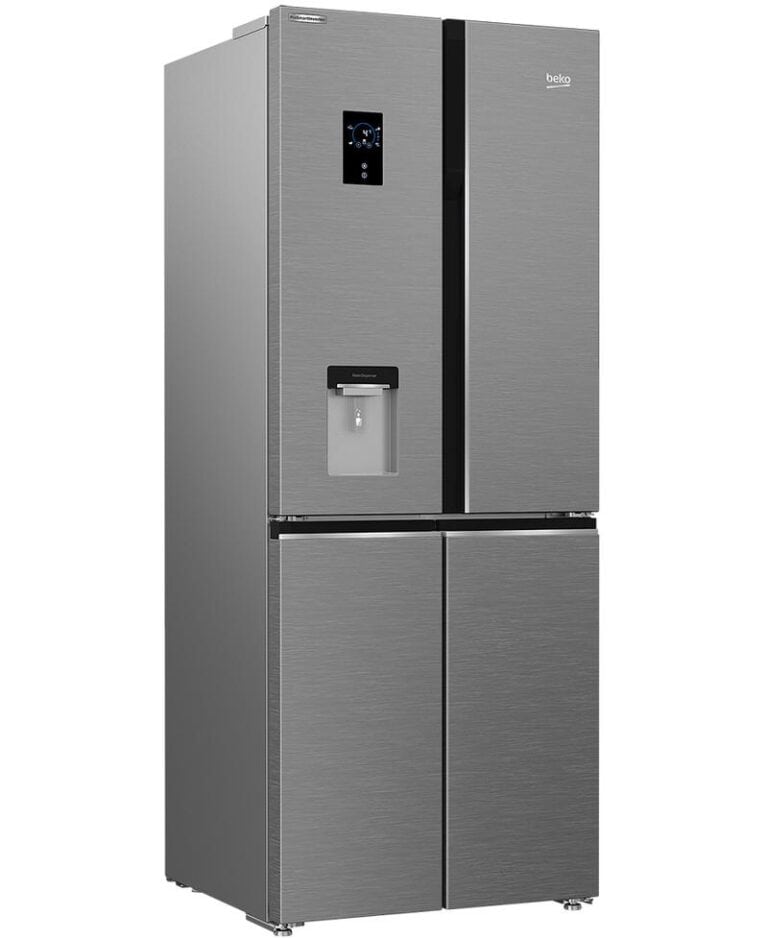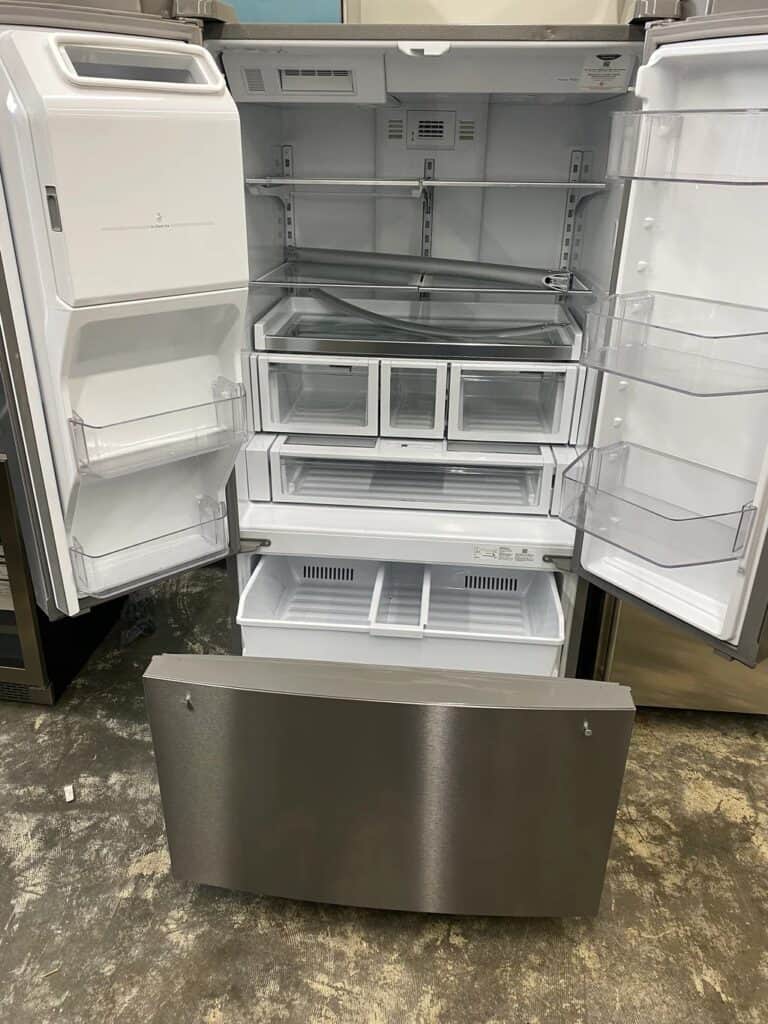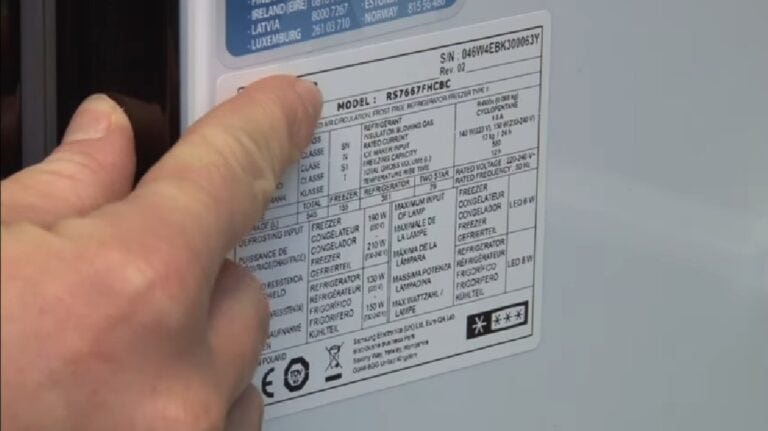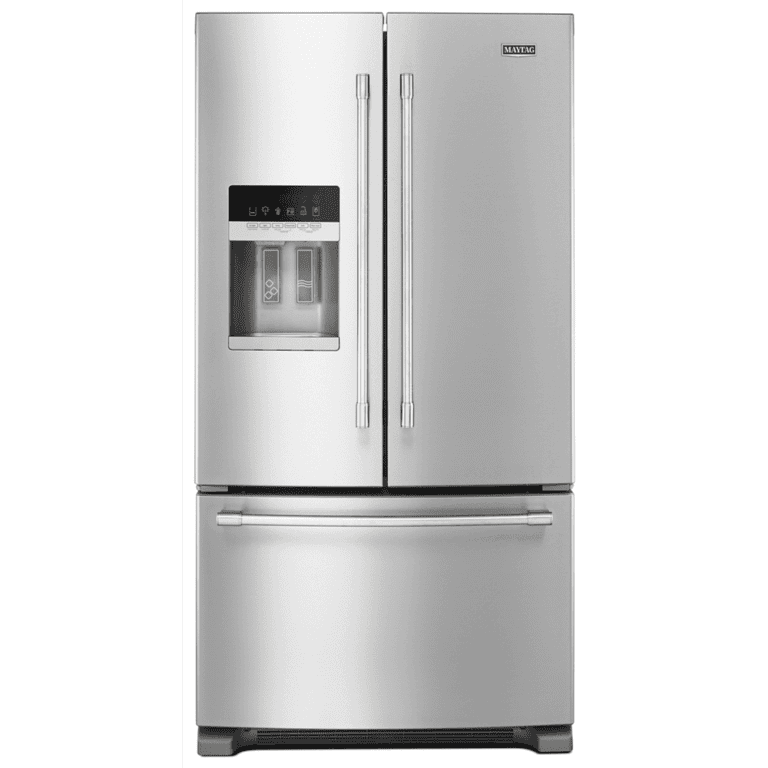11 Ice Maker Problems You Should Know About (And How to Solve Them)
An ice maker is a convenient appliance that enhances everyday life, ensuring you always have a supply of fresh ice at your fingertips. A working ice maker is key for family gatherings and daily hydration. It can greatly improve your routine. However, like any appliance, ice makers are not immune to problems that can disrupt their performance.
Have you ever wondered why your ice maker suddenly stops working or starts making strange noises? These issues can be more than just annoying—they can impact your household’s efficiency and comfort. By finding common problems and their solutions, you can stop small issues from becoming big headaches.
This article will explore common ice maker problems and their solutions. We’ll help you get your ice maker working again. If you’re trying to fix your ice maker, we can help. We’ve listed common problems to get it running again.
Lets get into it.
Introduction to Ice Makers
A working ice maker is a must in many homes. It provides ice for drinks, parties, and everyday use. When it’s working properly, it saves time and effort, eliminating the need for manual ice cube trays or frequent store trips. However, when your ice maker starts to falter, it can disrupt this convenience and cause frustration.
Common issues with ice makers can range from simple fixes to more complex repairs. You might find that it stops producing ice altogether, begins making strange noises, or dispenses ice irregularly. These problems can come from various sources. They include clogged water lines, faulty components, or temperature changes.
Knowing these issues is key to keeping your ice maker reliable. It must meet your needs efficiently.
Common Problems With Ice Makers
1. Ice Maker Turned Off Or Paused
If your ice maker isn’t producing ice, the first step is to check whether it’s turned on or paused. It’s easy to accidentally switch off or pause the appliance, especially if the controls are sensitive or if someone in the household inadvertently changes the settings.
Make sure the ice maker is activated and set to the correct mode for ice production before troubleshooting further.
2. Malfunctioning or Frozen Ejector Assembly
Another common issue is malfunctioning or frozen ejector assembly. The ejector assembly is crucial for moving ice from the bin to the chute, allowing it to be dispensed. Over time, ice can build up around this component, causing it to freeze or malfunction. To address this, inspect the area around the ejector assembly for any ice accumulation.
If you find ice buildup, carefully thaw it out using warm water. This simple fix can often restore your ice maker’s functionality and prevent further disruptions.
3. Not Dropping Ice
There are several possibilities for your ice maker not to drop ice. However, it usually results from a frozen ejector assembly or a misaligned water connection.
4. Control Arm Out Of Position
The control arm tells the ice maker when to make ice and when to stop. When the control arm is not correctly positioned, your ice maker will no longer give you ice.
Check your fridge’s control arm to see if it is out of position. Consult your owner’s manual to learn how to reposition your control arm if you’re unsure how.
5. Clogged Water Filter

Clogged water filters are one of the most common ice maker problems. Homeowners often forget to clean or change their fridge’s water filter routinely. This blockage can prevent the ice maker from functioning correctly.
Check the filter and clear any debris. If you have never changed your filter, consider replacing it.
6. Clogged or Broken Water Inlet Valve
A water supply is essential to your ice maker since it delivers the water needed to make ice. A clogged or broken inlet valve could be why your ice maker is not working, as water is not getting through to make ice.
Examine your valve for clogs or broken parts. Then, clear out any debris or fix the malfunctioning aspects.
7. Ice Maker Leaking
A leaking ice maker may seem trivial, but it can lead to big problems. If you notice water in your fridge or puddles on the floor, your ice maker may be leaking.
First, search to find the source of the leak. Once you find it, either attempt to patch it yourself or call a professional for help.
8. Ice Maker Not Making Enough Ice
Ice in the water line can prevent water flow, reducing your ice maker’s ice output. If you suspect ice in your icemaker’s water line, locate the frozen line, turn off the water supply, and unplug the fridge. Then you can thaw the ice in the water line.
Related: How To Defrost A Samsung Ice Maker
9. Ice Has A Bad Taste
If your ice has a bad smell or taste, it may be time to change your fridge’s water filter. Water filters accumulate dirt over time, which can build up and mix with the water as it enters the filter, which could give your ice a foul taste or odor.
Replacing the filter should solve this problem. Ensure you have the correct filter, and consult your owner’s manual for instructions on replacing it.
10. Ice Maker Not Level
The ejector might not function correctly if your fridge’s ice maker or refrigerator is not level.
If your fridge is not level, you can move it to an even surface or use shims to make it more level. If your fridge is level, check and see if your ice maker is on even mounts. If it is not, unscrew the mounts and reposition the ice maker.
11. Ice Maker Won’t Stop Making Ice
Another common ice maker problem is when it won’t stop making ice. There can be several reasons for this issue, but one of the most common causes is the control arm being stuck in the up position.
The control arm is a crucial component that signals the ice maker to stop producing ice once the bin is full. If it gets stuck or jammed, the ice maker will continue to make ice.
Resolving this problem is often as simple as gently adjusting or freeing the control arm.
Preventative Measures: Keeping Your Ice Maker Safe
To keep your ice maker running, preventative measures are key. They avoid unexpected breakdowns. Start by regularly cleaning the unit to remove mineral deposits and prevent mold or bacteria buildup.
A simple solution of water and vinegar works wonders in maintaining a fresh and clean machine. Don’t forget to check the water filter every three to six months; a clogged filter can reduce water flow and affect ice production.
Another essential step is inspecting the water supply line for kinks or leaks, which could lead to bigger problems down the road. Make sure to keep the ice maker level; an uneven surface can strain the motor and cause it to malfunction.
Additionally, regularly test the ice maker’s ejector arm and sensor to ensure they’re free from obstructions.
To help you keep track, here’s a simple schedule:
| Task | Frequency |
| Clean the unit | Monthly |
| Check water filter | Every 3-6 months |
| Inspect supply line | Bi-annually |
| Test ejector arm/sensor | Monthly |
By being proactive, you can keep your ice maker in top shape. You’ll enjoy crystal-clear ice whenever you need it.
Conclusion
A broken ice maker can be a cause for concern, but often it’s a simple fix. If your ice maker has stopped working, try one of the fixes mentioned above to get your fridge up and running again.





